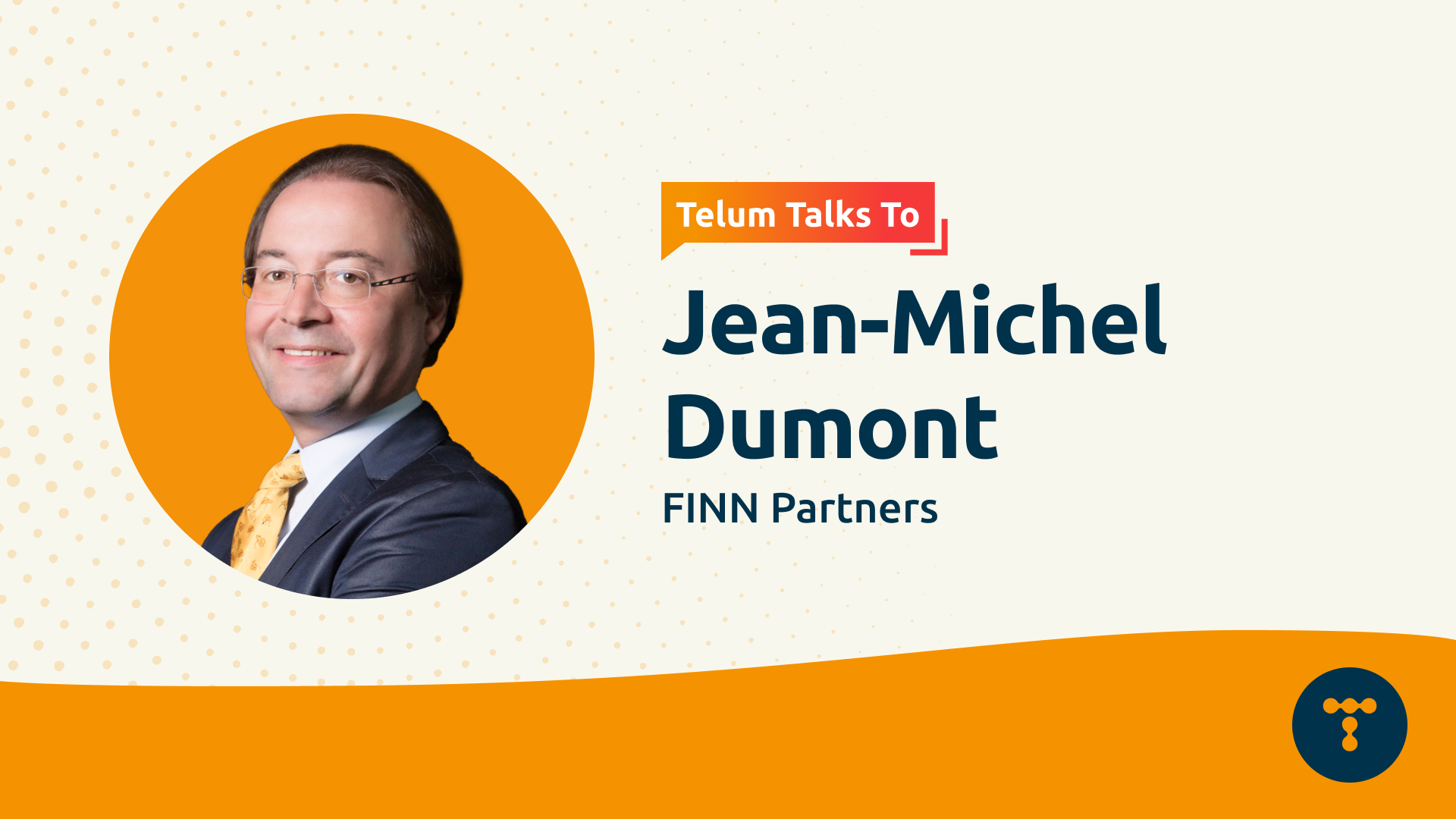You’ve amassed an astounding four decades in the Chinese PR industry. What are your key takeaways from working in this space, and what changes have you observed?
When I first arrived in Mainland China in the mid-80s, the region was at a transformative moment. It was opening up to the world, eager to exchange ideas and engage globally. At the same time, the world was equally curious in return. This period of cultural and intellectual exchange was supported by an influx of foreign investment, R&D and innovation.
Over the years, we witnessed local brands evolve from serving domestic markets to establishing themselves globally. This created new opportunities for industries to refine messaging and develop more sophisticated market strategies. As we built the foundation of the Chinese PR industry, we not only adopted global best practices but also adapted them to form a uniquely Chinese approach to public relations. The experience felt like "building the plane while flying it", with endless potential for growth and expansion.
Where is the PR industry in Greater China headed in 2025? What are your top predictions for this space?
I vividly recall distributing what might have been one of Beijing’s first press kits to a group of puzzled reporters. At that time, few could have imagined the technological sophistication the PR industry would achieve today - or the remarkable transformation of the region itself. Given this, I hesitate to make firm predictions, even for the next 12 months. But there are clear trends shaping the future:
- The PR industry began shifting more than a decade ago by integrating diverse marketing tools to deliver seamless strategies - spanning awareness-building, behaviour change and purchase conversion. The PR landscape in Mainland China is leading this evolution with platforms like Pingduoduo and Xiaohongshu, which bridge brand building and retail. As these tools develop, data management and analytics will become even more central to crafting effective strategies.
- Thriving in this landscape requires more than just understanding local markets. Increasingly, global geopolitics and local government strategies (especially with the current state of China-US relations) must shape campaigns to mitigate risks and amplify impact. This makes public affairs an essential and growing pillar of the PR landscape.
- In this highly competitive market, the ability to adapt quickly and remain nimble will be more crucial than ever. It’s no longer about size and scale; those who can innovate and adapt to rapid changes will thrive.
- With the Greater Bay Area initiative gaining momentum, Hong Kong agencies will play a pivotal role in bridging markets across the region. This will involve more cross-border collaborations, particularly in sectors like FinTech, healthcare and lifestyle, where Hong Kong’s strategic positioning adds value.
The PR industry in 2025 will have to navigate tighter budgets, sustainability demands and geopolitical complexities. Budget constraints will push companies to seek high-impact, data-driven campaigns with measurable results, strengthening the strategic nature of agency-client relationships. Agencies that excel in this area will be seen as true business partners rather than just service providers.
Sustainability will become central to reputation building. Agencies must help clients craft authentic, transparent ESG narratives that resonate both locally and globally. This is why FINN Partners has created a “Purpose & Social Impact” practice, our fastest growing yet. The expanding demand for transparency will place a premium on trust, with clients seeking agencies that align communications with genuine corporate actions.
Geopolitical and economic shifts will require nuanced strategies that account for both domestic and international audiences. Agencies that can integrate local and global expertise will have a competitive edge. In this complex environment, authenticity, consistency and genuine engagement will be vital to maintaining trust and brand value.
What key breakthroughs and challenges can communication teams focus on in the year ahead?
For foreign companies operating in the Chinese market, success will hinge on localising strategies to align with Chinese cultural preferences; regional knowledge and nuances between tier one, two and three cities; and the specificity of Hong Kong. Platforms like WeChat and Douyin are integral to this, as is leveraging AI and data analytics for personalised campaigns. ESG messaging should be aligned with local priorities to build trust and resonate with the audience.
For Chinese companies expanding internationally, the challenge is brand differentiation. They must avoid being seen merely as affordable alternatives and focus on delivering high-quality, innovative offerings. Proactive crisis management will be critical as international scrutiny and conflicts increase.
Both foreign and Chinese firms will face shared challenges: navigating geopolitical sensitivities, maintaining operational agility and ensuring authenticity in messaging. Communication teams must balance domestic and global expectations, staying ahead of trends and engaging with stakeholders in a meaningful way. At FINN, one way we have addressed this is by placing China experts in our global offices and vice versa.
Thoughts on AI in communications? How is it being integrated into the Chinese PR industry?
AI has revolutionised the PR industry, both domestically and globally. Agencies are increasingly using AI to automate repetitive tasks like social media monitoring, content creation and even image generation. In this market, some companies have already replaced human copywriters and designers with AI-driven tools since 2021, reflecting the need for efficiency in a competitive market.
However, the real competitive advantage lies not just in automation, but in using AI to drive innovation and differentiation. AI enables hyper-personalised campaigns, tailoring messages to individual preferences and behaviours. It also offers predictive capabilities that can help anticipate and manage potential PR crises before they escalate.
At FINN, we have created proprietary AI tools that aim to unlock new revenue streams and position us as AI consultancies for our clients. With these advancements, we are working to stand at the forefront of an era defined by AI-driven creativity, agility and strategic insight.
What advice would you give to agency leaders on protecting and strengthening brand value in 2024?
In 2001, I founded the first CSR programme with Tsinghua University in Beijing. In 2024, it takes all its significance as purpose and innovation become critical to protecting and enhancing brand value. Agency leaders must help clients embed purpose into their communications, aligning messaging with real actions in sustainability, social responsibility and ethics. Authenticity will be key - brands that act in accordance with their values will build trust and loyalty, while respecting regulatory rules linked to powerful stock exchanges such as Hong Kong and Singapore.
Innovation is the other cornerstone. Agencies should invest in proprietary technologies such as real-time sentiment analysis tools and AI-driven personalisation systems. These innovations can offer more creative, agile and impactful solutions for clients, positioning agencies as indispensable partners in driving success.
To thrive, agencies must balance bold vision with adaptability. They should foster cross-functional collaboration and maintain agile workflows to meet evolving client needs. By combining purpose-driven strategies with cutting-edge technology and with a regional intelligence network in key places as FINN has in Greater China, Southeast Asia and India, agency leaders can help their clients navigate the complexities of the Asian market, ensuring long-term brand resilience and growth.
Finally, and most importantly, stay passionate about your industry and its potential!






